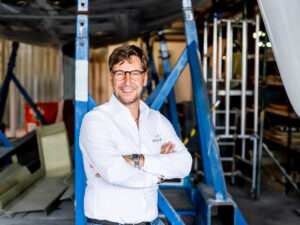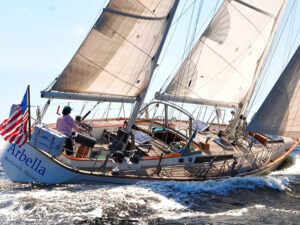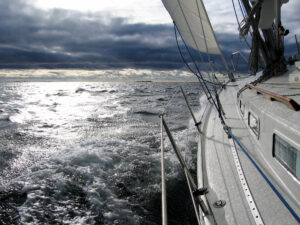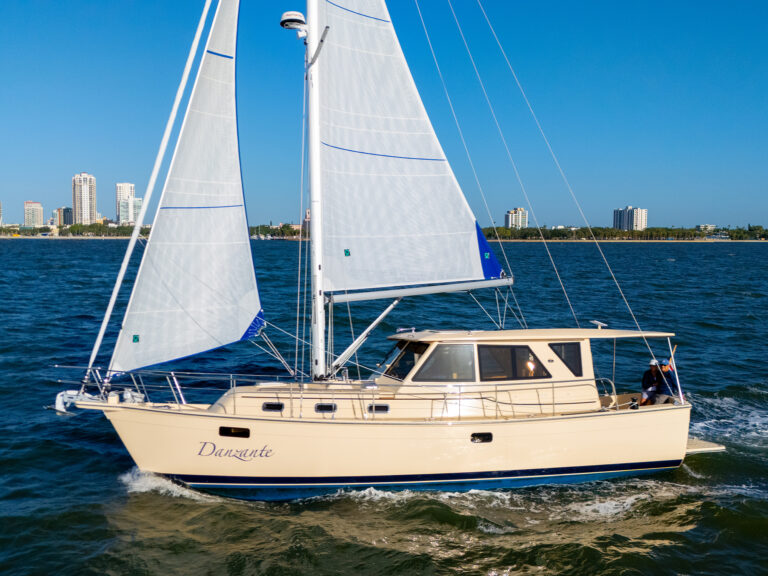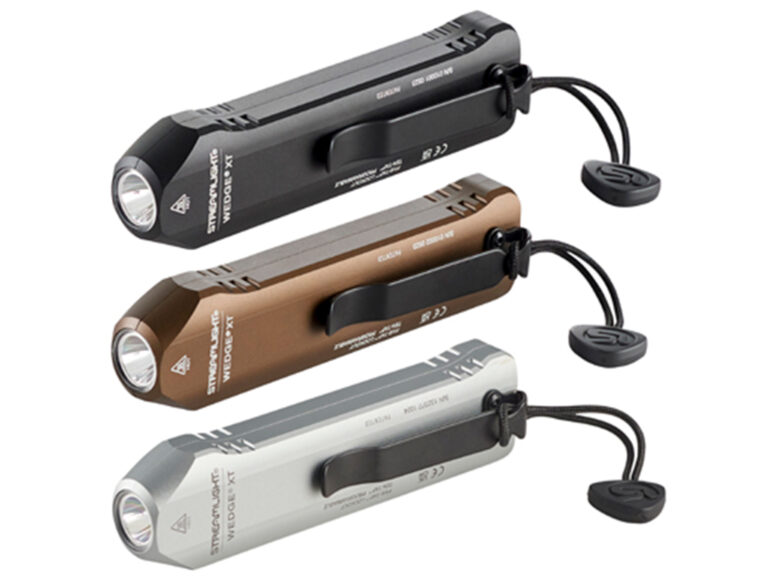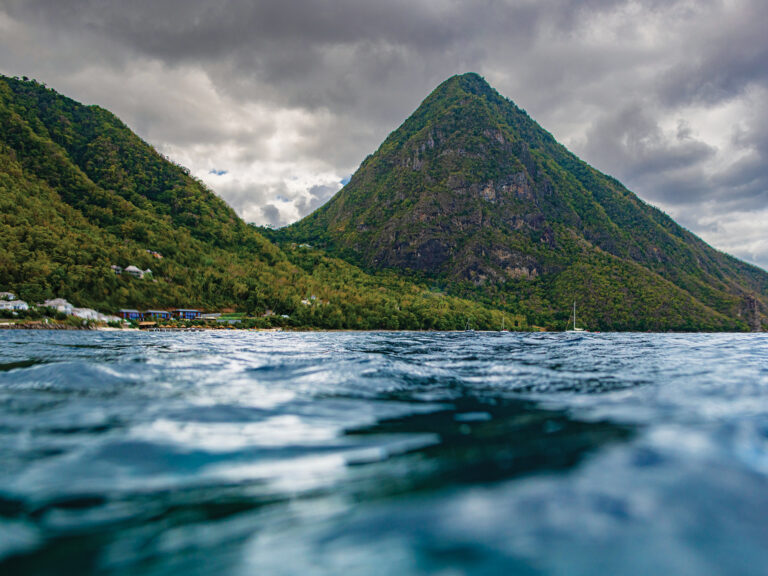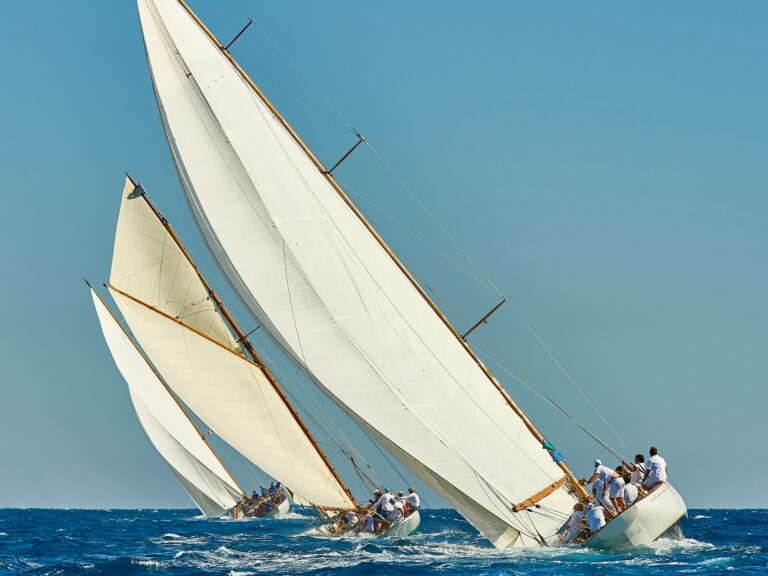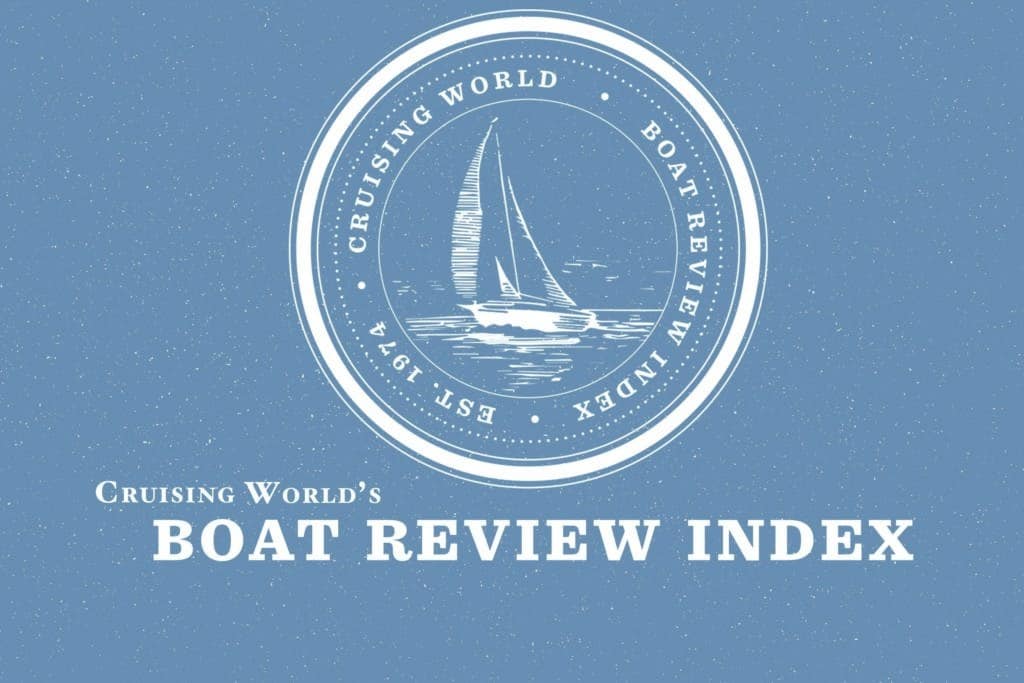
After 10 years of vicarious voyaging, we were about to embark on the journeys that we dreamed about while singing Jimmy Buffett songs during those toe-numbing, nose-hair freezing Maine winters. As we looked past the frosted glass onto the cold, dank landscape, the stark view was the antithesis of the turquoise seas and verdant islands of the Caribbean. It was hard to imagine that the trade winds would ever be filling our sails, but with a glass of wine and Jimmys cassettes we worked hard on the thought.
Mother Mother Ocean, I have heard your call, wanted to sail upon your waters since I was three feet tall… thats my husband, Sandy. He has been sailing since he was three feet tall; he was born to sail. I, however, was a summer sailing-school dropout and did not really learn to sail until 10 years ago when I met Sandy and became mate and cook on his crewed charter yawl, then sloop, then gaff-rigged cutter. We also did some boat deliveries up and down the East Coast. I learned fast and, at times, under a lot of pressure.
Travel was my thing. I wanted to see the world. Neither Sandy nor I could imagine staying in one place for very long. So many places to see; so little time. We knew the day would come when we would go cruising, and we agreed that we wanted to go in a strong, safe, comfortable boat — one we could sail anywhere in the world with total confidence. We also wanted as large a boat as we felt the two of us could handle because length enhances both comfort and speed.
So we studied piles of boat listings — cutters, ketches and schooners; boats built by Palmer Johnson, Paul Luke, Tayana, Mason, Bowman, Southern Ocean Shipyard, Abeking & Rasmussen and others. We considered the LOAs, LWLs, drafts, sail areas and tankages of steel, aluminum and fiberglass hulls. We spent nights after work and whole weekends climbing over lifelines, standing on decks and disappearing down hatches. We even moved to Fort Lauderdale, where choices of boat would be plentiful and we never had far to travel to view in the flesh the translation of drawings and descriptions we had contemplated at home.
It soon became evident that, while our objectives were the same, our approaches were different. I usually knew within minutes of stepping aboard a boat whether I was interested or not. My strategy was a quick run-through, a “thank you very much” and then on our way if the boat didnt appeal to me. But no matter what boat we looked at Sandy would pull up floorboards, peer into bilges, admire a generator, dismantle the companionway stairs to get at the engine, study the control panel and discuss AC, DC, amps, volts, regulators, starters, inverters, stuffing boxes, refrigeration units and water makers. I thought it a waste of time to conduct a lengthy survey of a vessel that was obviously (to me) not under serious consideration. Then I realized that Sandys involvement with the inner workings of a boat was to him a bit like having an affair. It was a sensuous experience to see and touch the systems that moved a self-contained living space through the water. Talking about stern tubes, cutless bearings, shaft couplings and thru-hull fittings was a language of love. I began to think of the dialogue about injectors, batteries, pumps, fittings and electronics that occurred between Sandy and the brokers as “boatspeak.” While I knew it was necessary to understand these things ultimately, I found them terribly boring topics and would wander about any given boat to see before all else if it met my criteria for comfort. I checked the head to see if it had a separate shower stall, and the bunk in the master stateroom to see if it was possible to rise in the middle of the night without bruising myself or my husband. I checked the construction of the headboard of the berth to see if it allowed for the proper stacking of pillows for comfortable reading in bed, and to make sure that lights had been installed for this purpose. Where would the computer go? Was the mast stepped on the keel — through the middle of the dining table? I looked for bookcases or places to secure them, for wall spaces to hang art and a bulkhead heater.
As Sandy probed the bowels of the boat tracing pipes and hoses to their sources, I climbed over dislodged floorboards and bent over bodies to examine the feasibility of installing a washer in a hanging locker. In the galley I made sure there was good light, sufficient counter space and a broiler in the stove; I inspected the refrigerator to see if retrieving a package of cheese would mean standing on my head.
While Sandy examined winches, lines, hatches and spinnaker poles topside, I sat in the cockpit. Was the coaming high enough to give good back support? Did a table fold out for dining on deck? Id move behind the wheel to see if the dodger obstructed my view. As Sandy eyed the stays, shrouds and halyards and tweaked lines at the mast, I tried to envision the size of the sail filling the area between mast and boom. On one particular boat, I was sitting at the helm trying to focus on the top of the mast only to realize that the mainsail would be overwhelmingly, intimidatingly high. It was a great boat in every other way, but I had to be able to sail it — alone if necessary.
Eventually we learned the art of cursory examination on our initial encounters with prospective craft. We developed a private system of communication; a certain “look” meant “time to move along” or “weve fiddled with the anchor windlass long enough” or “lets make this real quick; this boat is ugly!” The potential for boatspeak was there the moment we stepped on deck. It would start with a discussion of whether teak or applied non-skid was the most desirable material to have underfoot, of which roller furling headsail system was best, of the merits of the full-battened main and lazy jacks. If the discussion moved to methods of cleaning teak I might move toward the companionway, jarring Sandy back to the realization that it wasnt time to examine every turnbuckle and cotter pin. Not yet. First, we had to determine if this boat could be a suitable home for us. If our overall impression of the boat was good, then he could take all the time he needed to sort out what line went where. I was always anxious to see what our potential home looked like down below and if I would actually like to live there.
On our way home from viewing the cutter, schooner or ketch of the day, we discussed merits and faults and ways of compromises between what was there and what we wanted. We would trade a centerline queen for a separate shower stall, a larger guest cabin for more living space. A stowaway main could be forgone if everything else was right; a large nav area could negate the need for separate office space. We could live with teak decks if they were recently redone, and an inconveniently located refrigerator if it was the best model. Forward bunks could be torn out to make a workshop, but we stopped short of ripping out bulkheads; the idea was to sail a boat, not rebuild one.
After months of searching, of cursory examinations and in some cases, re-examinations, of learning where we both were willing to compromise, of engaging our hearts as well as our heads, we found a boat. Now Sandys attention to detail is significant because theyre our details. When I climb down the companionway steps, I am embraced by light and warm tones of wood and feel welcome in the space. It feels right. Now Ill read up on systems, just as Sandy will learn how to operate a convection oven and a computer. We feel confident that this floating abode can take us “to stars that you know” safely and comfortably.
————————————————————————
The author and her husband live in Camden, Maine. They are presently outfitting their 43-foot custom cutter, Sweet Olive, for extended cruising next year.


